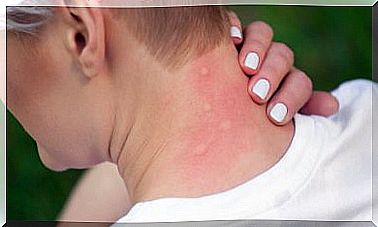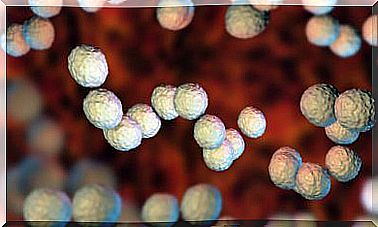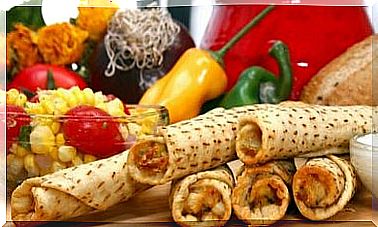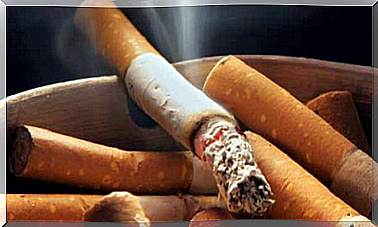How To Properly Freeze And Thaw Food
Freezing food is one of the most widely used and effective food preservation techniques , as indicated in an article published in the Engineering and Science Journal. Thanks to it, you can:
- Take advantage of seasonal products at low prices.
- Give more durability to foods that spoil quickly.
Its main advantages include:
- It is a procedure that involves minimal loss of nutrients.
- Alters food very moderately.
- It helps to inhibit the proliferation of pathogenic bacteria that can damage food and cause illness.
Prevent risk
So that there is no food risk, it is essential to take into account some basic rules to freeze and thaw food, properly.
It is estimated that in Spain almost 48% of the population:
- It does not defrost your food well.
- It does so at room temperature.
For this reason, today we are going to report on the freezing and thawing guidelines that must be taken into account for the conservation of all types of food.
Freezing food
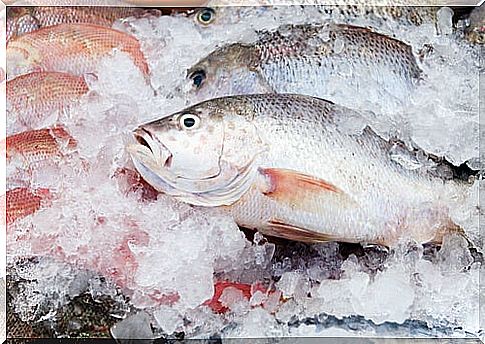
To carry out a proper freezing it is necessary to understand that this process involves the formation of ice crystals in the food. These cause a breakdown of the protein structure, which, in turn, leads to them losing the ability to retain water. That is the reason why they stop being juicy afterwards.
In this process, areas of unfrozen water are generated. In these, the soluble ions increase and this leads to the denaturation of the proteins that are around such areas.
Therefore, the freezing process should be done as quickly as possible. If cooling is done slowly, the ice crystals will be larger. This will cause further damage to the texture. On the other hand, if it is done quickly, a minimal amount of ice is generated , which does not affect the water retention capacity.
Before freezing
Before freezing it is essential to check that the freezer is well insulated and that the food is not too hot. If the food contains fat, it will help protect your protein.
Where possible, the surface areas of the food should be covered with:
- Film paper.
- Freezer bags.
- Aluminum.
The reason for covering food is that, in addition to avoiding bad odors, it also helps prevent cold burns and changes in the concentration of its pigments. This is corroborated by an academic document from the National University of Colombia.
Food preservation
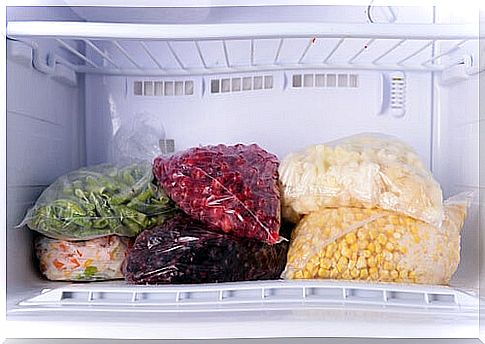
To minimize the action of enzymes and microorganisms, the conservation must be carried out at the lowest possible temperature, according to the requirement of each food, as indicated in the aforementioned document from the National University of Colombia.
The maintenance of the cold chain must be respected. This is indicated in the Food Handlers Manual of the Pan American Health Organization.
If the food has ice around it, it is likely that some alteration in its temperature has occurred during storage.
Thawing food
It is important to bear in mind that bacteria can reproduce again within the time the food begins to thaw and returns to room temperature .
For this reason, the ideal is that the thawing process is performed by so fast. This makes it difficult for microorganisms to grow by reducing the time for them to proliferate.
If it is done slowly and without directly subjecting the food to high temperatures, the structure is also less compromised. This allows the food to retain a texture similar to its original state. This is ratified by the Food Handler’s Manual, already cited.
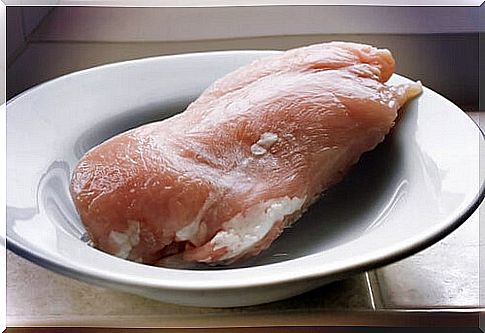
Defrost safely
To make a safe defrost at home, it is advisable to plan this process in advance and do it in the refrigerator. In this way, the appearance, flavor and color of the original food are better preserved.
However, it is important to take preventive measures to avoid cross contamination, that is, contact with other foods that can generate toxic or harmful effects.
The use of microwaves is safer on a microbiological level. Despite this, it is advisable to cook the food immediately afterwards, as indicated in a USDA whitepaper.
It is very possible that traces of water not retained in the food are found, due to the damage that usually suffers. This liquid supposes :
- A significant loss of amino acids and water-soluble vitamins.
- Possibility of changes in taste.
When the frozen product is of a small size, such as pieces of vegetables, it can be introduced directly into the cooking being carried out.
Do not forget…
Taking all these recommendations into account helps to:
- Minimize the impact of this technique to preserve food.
- Take advantage of food in a safer way.
See also:


